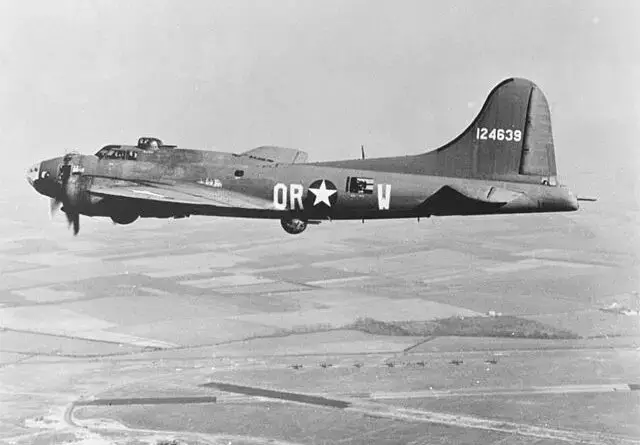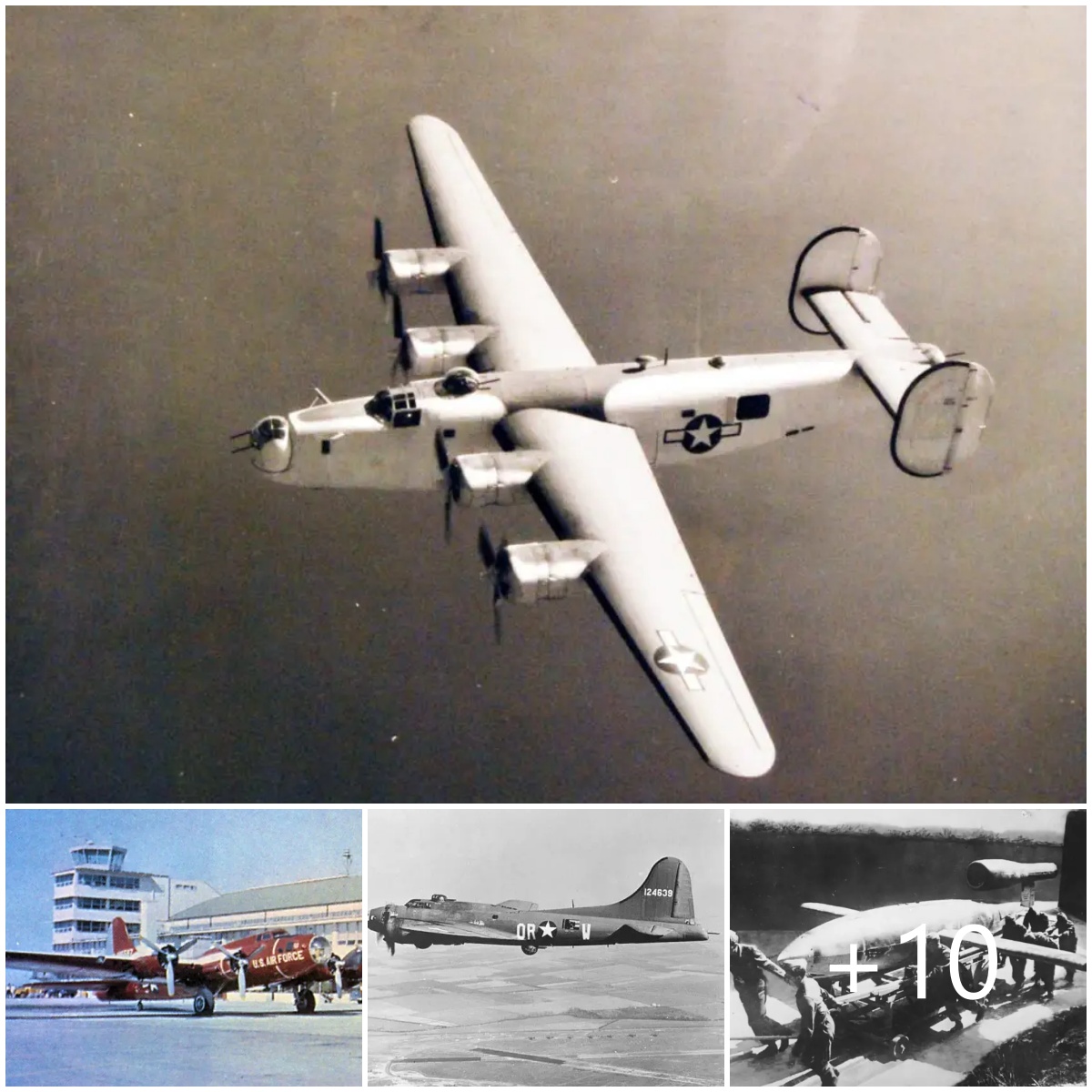Тһе Ⅼеtһаⅼ Rеmоtе-Соntrоⅼⅼеԁ B-17 & B-24 Bоmbеrѕ
On 13th June 1944, just one week after the D-Day landings in Normandy, the people of Swanscombe in Kent were startled to hear an aircraft overhead that emitted an odd, pulsing drone rather than the usual sound of an aero engine. Suddenly, the sound stopped and moments later, the peace of an English summer afternoon was broken by a shattering explosion.
It would later become apparent that this was just the first of an entirely new, unmanned Nazi weapon, the Vergeltungswaffe 1 (Vengeance Weapon 1, usually given as V-1), essentially an early Cruise Missile carrying a warhead of over 800kg of explosives.
Over the next nine months, more than 6,000 V-1s were launched against England, causing more than 5,000 deaths and causing widespread damage.
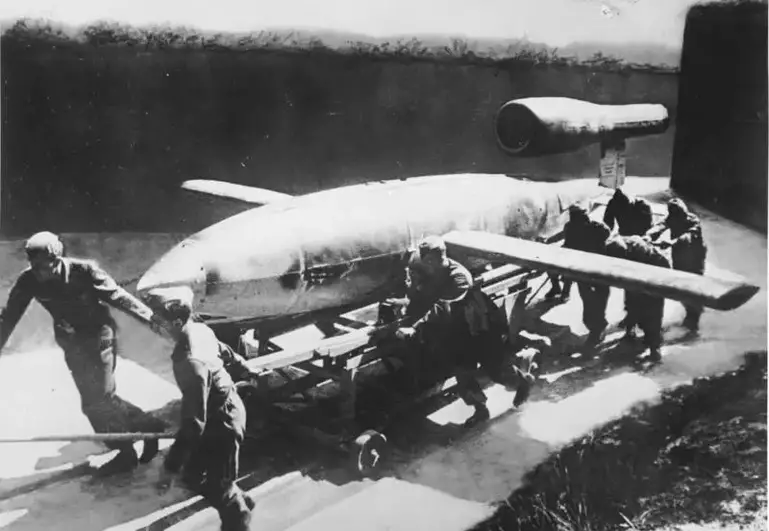
A number of these new missiles were intercepted by Allied aircraft and shot down by anti-aircraft fire, but many got through to hit targets in southern England. The V-1 was soon joined by the supersonic V-2 rocket which could not be intercepted in the air.
Allied commanders were so concerned about the effects of these weapons on civilian morale that they gave Operation Crossbow, a concerted effort to bomb V1 and V2 launching sites, priority over all other Allied Air Operations in the summer of 1944.
However, conventional bombing proved somewhat ineffective against well-hidden and defended launch sites. What was needed was a weapon capable of delivering a great deal of high explosive accurately to a defined target.
That led to one of the oddest secret operations of the Second World War where both the USAAF and USN attempted to create remote-controlled bombers that could be deliberately crashed on V-weapon launch sites.

Both the USAAF and the USN had experimented with the use of radio-controlled aircraft before the Second World War. English movie actor and former aviator Reginald Denny opened a chain of model stores, the Reginald Denny Hobby Shops, which specialised in the manufacture of easy-to-fly radio-controlled aircraft, the Dennyplane range. In the late 1930s, Denny began producing larger Radioplane aircraft, and radio-controlled target drones.
Over 15,000 of these drones were supplied to the USN and USAAF.
Initially, Radioplane drones were controlled from the ground, but soon the USAAF began to experiment with control from a flying “mothership,” usually a Beech C-45 Expeditor military transport aircraft. The USN took this one step further, installing remote radio controls in a Curtiss N2C-2 trainer and successfully flying this from another aircraft.

So, when Gen. Henry H. “Hap” Arnold directed Brig. Gen. Grandison Gardner to investigate the possibility of using US heavy bombers packed with explosives as remote-controlled guided missiles to be used against V-weapon launch sites, the required technology was already available.
The 562nd Bomb Squadron of the 388th Bomb Group was given the task of creating and testing the new weapon in an operation given the code name Aphrodite.
Elderly B-17 Flying Fortress aircraft were stripped of all but essential equipment and fitted with controls that could be operated through radio control from a mothership. These were designated as BQ-7 drones.
Television cameras were mounted in these aircraft to show an image of both the instrument panel and the ground below. The aircraft was packed with a new and extremely powerful British explosive, Torpex, potentially delivering a more powerful blast than even the heaviest conventional bombs.
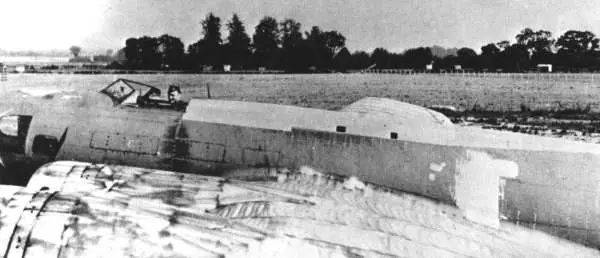
At the same time that the USAAF was working on the development of a remote-controlled aircraft to be used to attack V-weapon sites, the US Navy was working on a parallel project, given the name Operation Anvil. There seems to have been some competition between the services, and little information was shared between Operations Anvil and Aphrodite.
The US Navy plan was similar in that it envisaged a remotely-controlled bomber packed with explosives being used as a guided missile. However, the USN used a modified version of the Consolidated PB4Y-1 instead of the B-17. This was a naval version of the USAAF B-24 Liberator bomber that was designated as the BQ-8 when converted for use as a remote-control drone.
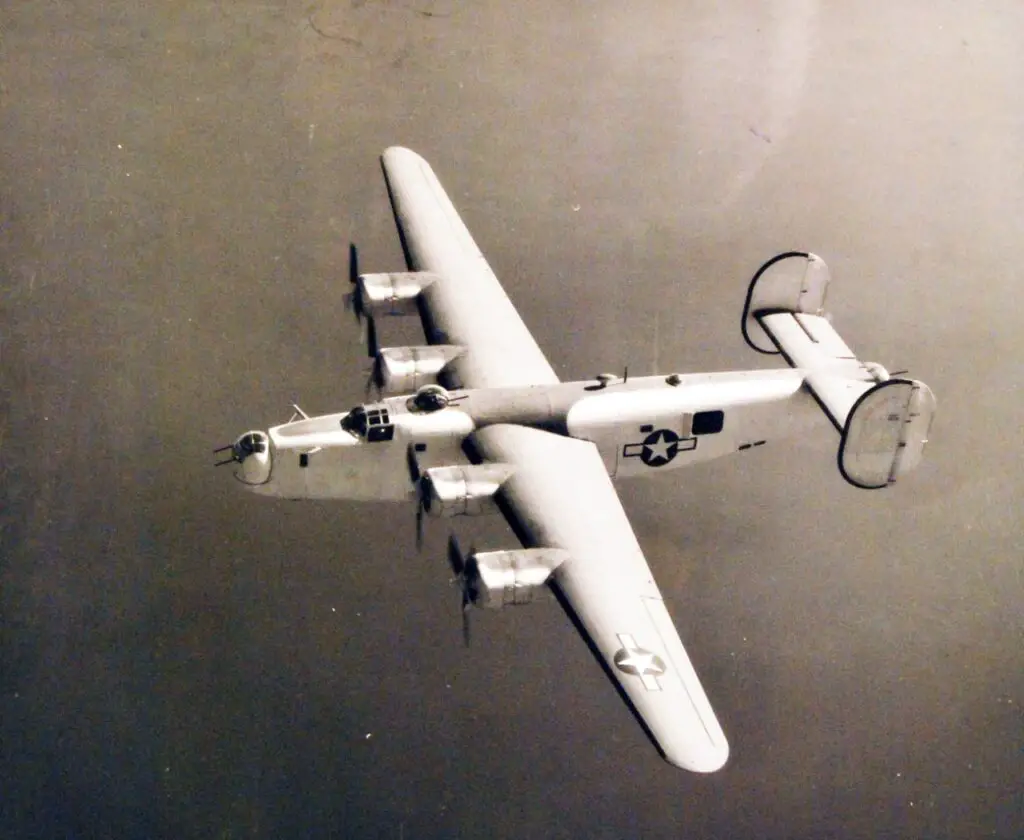
Like the USAAF drone, the BQ-8 was designed to be packed with Torpex, providing the capability to destroy even well-protected targets. The USN was also considering the use of remote-control drones in the Pacific Theatre and missions in Europe was partly undertaken as a test for this.
Operations Begin
By early August 1944, the 562nd Bomb Squadron had completed the conversion of 10 B-17s into BQ-7 drones and four B-17s had been modified for use as motherships.
These aircraft were based in RAF Woodbridge in Suffolk. As a test for the new systems, it was decided to go ahead with an operation to use four BQ-7 drones against suspected V-weapon sites in northern France. However, there was an issue that affected both these USAAF drones and their USN counterparts: they could not taxi or take off under remote control.
Instead, a two-man crew (pilot and flight engineer) handled the take-off and armed the explosives before baling out at an altitude of 2,000 feet after remote control had been established by the mothership. To make this safer, the cockpits of the drones were modified, with the canopies removed and only a small windscreen provided to protect the crew from the elements.
The first Aphrodite mission was scheduled for 4th August 1944 and involved four BQ-7 drones operating from Woodbridge. It was not a success. In one aircraft, the crew bailed-our successfully, but the mothership quickly lost control of the BQ-7 which crashed into the sea. In another, the pilot was killed after bailing out too low and the aircraft crashed near the village of Sudbourne in Suffolk.
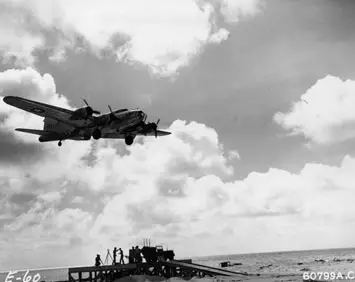
A third aircraft had control problems immediately after take-off and crashed near Orford, killing the flight engineer. Only one of the four drones got even close to its target, the V-weapon complex at Watten/Wizernes. However, it was hit by ground fire and crashed almost one mile from the target, causing little damage.
Two days later, three more USAAF BQ-7s were launched against V-weapon sites in northern France. This time, all three crews baled out safely, but once again, there were problems with radio control. One aircraft crashed into the sea.
Terrifyingly, another lost connection with the mothership and began to circle, fully armed and close to the city of Norwich. To the intense relief of those watching, after a time it began to follow a straight course that took it out over the sea, where it continued until it ran out of fuel and crashed.
One aircraft did make it as far as the French coast under radio control but it was promptly shot down by German anti-aircraft fire. As a result of these issues, Operation Aphrodite missions were suspended while work was done on improving the radio control system.
On 12th August it was the turn of the US Navy. A single BQ-8 drone was to be used to attack suspected V-weapon sites in Mimoyecques. The pilot was Lieutenant Joseph Kennedy, Jr., the eldest son of the US Ambassador to Great Britain, Joe Kennedy, and the brother of future US President John “Jack” Kennedy. The Flight Engineer was Lieutenant Wilford J. Willy.
Like all the crews of Aphrodite and Anvil missions, Kennedy and Willy were volunteers, attracted by the fact that a single flight in a drone counted as five combat missions towards the completion of their tour of duty and involved the automatic award of a bravery decoration in recognition of just how dangerous these flights were.
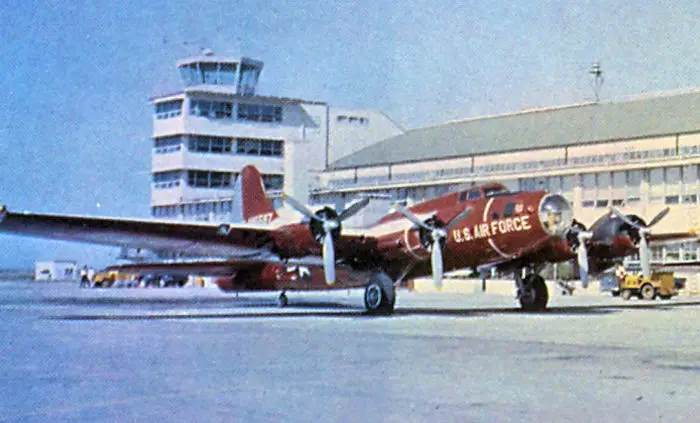
The BQ-8 took off successfully from RAF Fairford in Gloucestershire. It climbed to 2,000 feet and was approaching the coast when it completed one turn after having handed over control to the mothership.
Kennedy and Willy then prepared to bail out. The last radio message from Kennedy was the words “Spade Flush,” a pre-arranged code meaning that he had armed the explosives. Moments later, the aircraft blew up, killing Kennedy and Willy. The wreckage landed close to the village of Blythburgh in Suffolk, causing extensive damage to buildings and some injuries on the ground but no fatalities.
A later investigation indicated a possible flaw in the arming system where using the arming switch could also detonate the explosives!
Only one more Anvil mission was undertaken. On 3rd September 1944, another BQ-8 drone was launched against targets on the island of Heligoland. This time, the take-off and egress of the crew were undertaken safely and the aircraft was flown under remote control towards the target. Unfortunately, it crashed not on Heligoland but on adjacent Düne island and caused no significant damage.
That was the end of Operation Anvil and the US Navy did not undertake any further missions with the BQ-8 drone.
After modifications to the control system, the USAAF undertook a number of subsequent Aphrodite missions using BQ-7 drones, but none were directed at V-weapon sites. Instead, between August 1944 and January 1945, a total of 17 drones were launched against targets including U-Boat pens and oil refineries. Most of these missions were dismal failures.
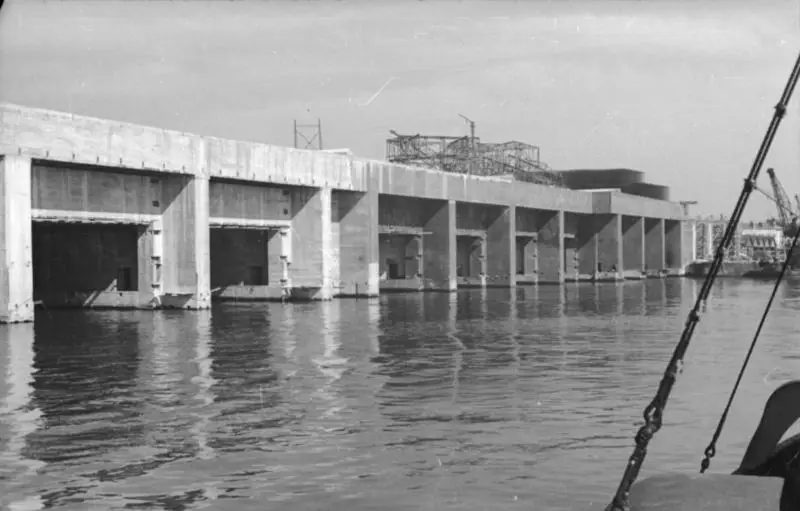
A combination of continuing control problems, poor weather and effective anti-aircraft fire (the drones flew at an altitude of 2,000 feet, which made them easy targets for experienced German gunners) meant that few of these drones even came close to their intended targets.
One pilot died when his parachute failed to open and in an attack on U-Boats pens at Le Havre on 13th August 1944, a British Mosquito aircraft was destroyed and its crew killed when the drone exploded prematurely.
Only one BQ-7 even got close to its intended target – an oil refinery near the German town of Heide was damaged by a near-miss in August 1944, though three other BQ-7s on the same mission failed to reach the target due to control problems.
Operation Aphrodite formally ended on 27th January 1945 on the direct orders of General Carl “Tooey” Spaatz, the USAAF commander of Strategic Air Forces in Europe. Technically, this was a suspension rather than the outright cancellation of the project, but no further Aphrodite operations were ever flown and the US Navy never did use remote-controlled drones in the Pacific theatre.
By any rational assessment, Operations Aphrodite and Anvil were abject failures. It has been argued that they actually killed more allied aircrew than enemy combatants and caused more damage in England than in German-occupied Europe.
It’s not clear that this is completely true, but these missions certainly provided few concrete results for the investment of a great deal of time and resources.
The Nazi V-weapon sites were successfully attacked by conventional bombing raids, but their eventual end came about not because of air attack but because advancing Allied armies over-ran their launch sites.
The pilots who flew these drones against V-weapon sites were brave and many died in an attempt to make this new weapon system work. But ultimately, neither Aphrodite nor Anvil was successful either against V-weapon sites or other targets. These operations were bold experiments, but neither made a significant difference to the progress of World War Two.
Hits: 0
